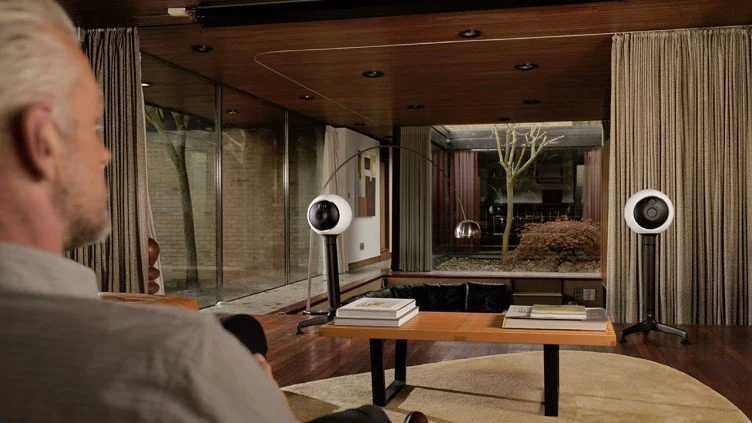Listening in Lockdown Part 1 - A captive audience?
If most working adults found themselves ‘time poor’ before COVID-19, then over the past two years we have all been made relatively wealthy. While many hobbies or new life-skills have resulted from this forced abundance of time, the living room, and all its audio-visual accompaniments, has probably been where most of it has been invested, giving us much needed comfort and distraction in such an isolating and existential year.
Music, as ever, has been a source of solace, but the peculiarities of current circumstances have also given audio culture an added emotional weight. Of course, the same could be said of television and film, and viewership ratings have certainly benefited from our time inside. Nevertheless, what we are listening to, how we are listening and why we are has undeniably assumed greater meaning in lockdown.
Our everyday consumption of music, for example, usually as a form of background stimulus that we have on while completing other tasks, has changed in lockdown – while we may no longer be listening to the radio in the car or to streaming services on the bus or train, working from home has at least given us greater freedom to listen to what we like at all times of day.
It has also been a means of connecting us to the outside world. Indeed, with our recent inability to see colleagues, let alone friends and family, the sharing of music has built solidarity in surreality and solitude - one need only look back to the fashion of making apocalypse-themed playlists in March 2020 to appreciate that there has been a common need to soundtrack such strange times.
This has been beneficial for streaming services, with industry figures indicating an almost 20% increase over 2019 and more than 139 billion songs having been played. Premium services, like Tidal, have benefitted from a captive audience with access to a larger array of exclusive features, like live-streamed gigs and ‘backstage access’ interviews. Algorithm sophistication also has been influential here, as streaming services now bombard us with music suggestions we have never heard before.
Not to mention that we are using our time in lockdown to explore more out there ourselves, with the Royal Philharmonic Orchestra finding that 85% of people surveyed had diversified their music taste.
Pop music has surprisingly been less popular, with no album having achieved platinum status last year (although Dua Lipa’s Future Nostalgia is now close). Instead, the trend is towards older artists like Queen, Elton John and Fleetwood Mac, as well as other feel-good hits of yesteryear, although this is not to say that contemporary artists have not been active. Singers like Paul McCartney, Charli XCX and Taylor Swift, to name just a few, have all used the experience of lockdown as inspiration for their recent releases. Meanwhile, savvy rappers, long adept at using the internet to popularise releases, have recently turned to video games as a platform for their music, including Stormzy and Travis Scott.
This is just another example of how our means of listening has changed in lockdown; and if interactivity has been emphasised, so has physicality. Indeed, the vinyl ‘re-revolution’ went up a gear in 2020, with its best year of sales since 1990, while sales of cassettes have doubled, reaching numbers not seen since 2003.
The surge in vinyl and cassettes sales has also coincided with greater interest in high-end turntables and HiFi’s – of the previous survey conducted by the RPO, 38% of people asked had considered changing their loudspeakers over the past year.
Music, as the most evocative art form, has been and will remain incredibly important to us, and it is encouraging to see our appreciation of it has not wavered in lockdown, but has only proven stronger.

